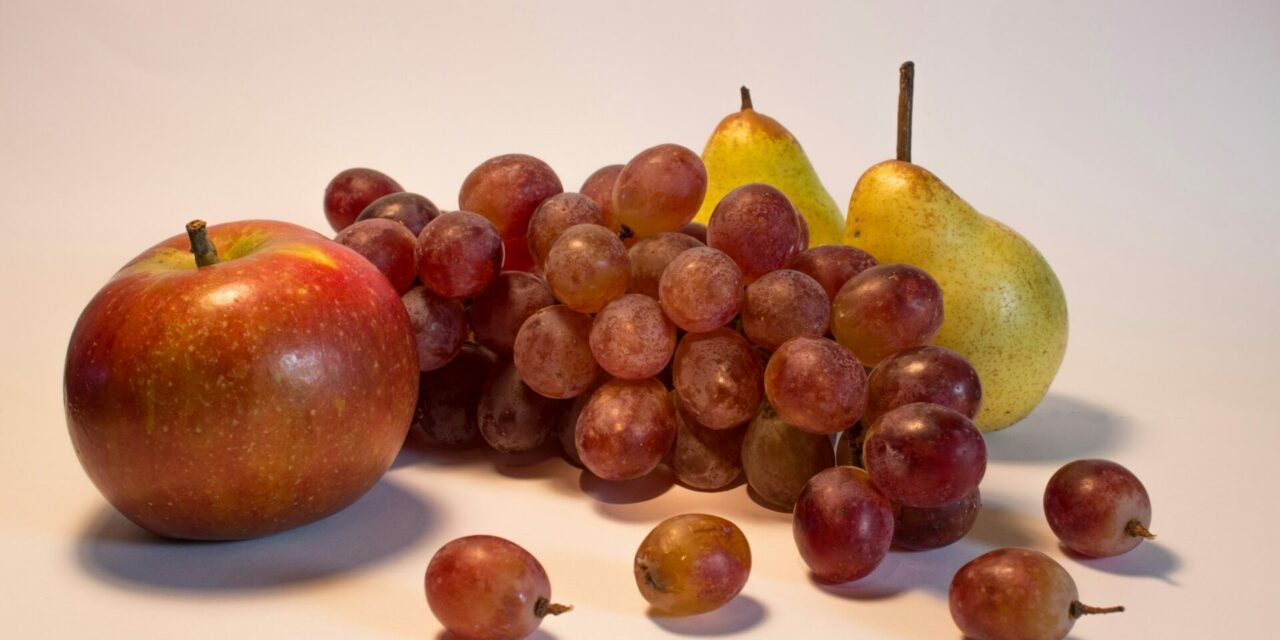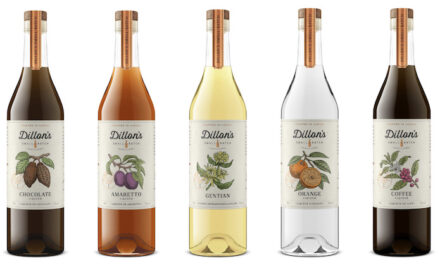Photo by Kevin Hessey on Unsplash
By Patricia Noonan
Whether there’s a chill in the air or not, I love brandy.
While it can be made in any country and despite the concept that grapes must be the distillate, apple brandy, or Calvados, and Armagnac, from grapes, are the other cousins of Cognac, part of the triumvirate of French Country Gold, in the world of drinks. They must be made in France and in their specific regions to bear the names; Armagnac from Gascony and Calvados from Normandy.
Armagnac : How it is made
The Alembic still, also known as the simple chauffe, is Armagnac’s own version of a continuous still created in the early 1800s. An interesting irony is that pot stills, used for a good 200 years before the simple chauffe, are used for production as well, but they are referred to as Charentais, (from the Charente, the region of Cognac) where the production of brandy began much later than that of Armagnac. This method is often referred to as the double chauffe method. From a technical viewpoint, a continuous still suggests a spirit with less depth of flavour in contrast to pot distillation. The interesting thing about the alembic Armagnacais, is that it is inefficient. It sounds odd, but it is precisely this oddity of the still that lends so much to the flavour of the Armagnac.
Compared to the continuous still design by Irishman Aeneas Coffey and perfected by the 1850s, the simple chauffe takes longer to distill the wine, because the alcohol evaporates at a lower temperature, therefore allowing more congeners and flavour elements to persist into the spirit before it begins the aging process.
(The local black, sappy oak had been a great part of the taste profile, although Armagnac is typically aged in Limousin and Allier oak, as the tracts of other local oak were seriously depleted, last time I wrote about Armagnac.)
Other factors that define the unique qualities of the spirit are the grape growing zones; three limited areas determine the quality of Armagnac in this order: Bas Armagnac produces the best spirit from a clay soil; Tenareze, second, with a mix of clay and chalk soil. Spirits distilled from the haut Armagnac were considered the least flavourful and supple, and were often blended with Armagnac from either or both of the first zones. Haut Armagnac actually produces better quality wine, and in fact, spirit reduction has now stopped. The wine used for distillation comes primarily from Ugni Blanc.
Janneau Armagnac 12 Year Old LCBO $69.35 (seasonal)
Appearance: Old Amber with copper lights
Nose: The 12-year-old shows floral aromas, plummy fruit, dried orange peel, and caramelized crème brûlée
Palate: Rounded and weighty with warm ginger and cinnamon spice flavours
Finish: Fruit and spice carry into a warm and lingering, elegant finish.
![]()
Armagnac de Montal VSOP LCBO $67.60
Appearance: Rich, gold with burnt orange highlights,
Nose: Fruity raisin, vanilla, butterscotch nose with honey-ish florals.
Palate: Weighty flavour recaps the aromas with fruit and baking spice
Finish: Classic fruit-fired spicy finish.
![]()
Damblat Armagnac 10 Year Old Napoleon LCBO $79.95
Appearance: Nutty dark gold
Nose: Plummy, peel, butterscotch aromas, silkier mouthfeel. Spicy on the palate and a drying, ginger-spiced finish
Palate: Very smooth and integrated buildup of flavours …Nutty, dried plums, orange peel, butterscotch and spice.
Finish: Lengthy finish with harmonious flavour replays
![]()
Calvados : How it is made
Calvados has an interesting history as this style of eau de vie, or brandy, is distilled from the cider that Normandy is famous for, dating back to the 8th century. The area was named Calvados after the French Revolution in 1790, but Calvados production existed well before that time in Normandy. The many apple and sometimes pear varieties used in production are regulated and approved, and the AOC Calvados makes over 70% of the calvados. In fact, there are up to 200 apple varieties alone, and thinking about tree fruit compared to grapes, somehow it seems less risky for the farmer with so much variety and all the flavour elements of these different apples and pears, from sweet to tart, sour and some even inedible, except for the tannins or bitter elements they provide. The soil in pays d,Auge is chalky, and the weather is mild and humid, which is excellent for growing apples.
Column distillation is usually the method outside of the Pays d’Auge and a minimum aging of two years in oak is required.
The AOC Calvados Pays d’Auge is more specific, and the slowly fermented ciders are then double distilled in alembic pot stills. They too require a minimum ageing of two years but most are aged longer. The Boulard Grand Solage uses age ranges from 2 to 5 years in their blend before bottling, while the Pere Magloire, also from the Pays d’Auge, is a VSOP, aged a minimum of four years with older eaux de vie in the blend.
I spoke with Peter D. Mielzynski of PMA Canada, and here is some additional information he would like to share with readers about Calvados.
“ Normandy was a very famous and pivotal area during WW2, as D-Day took place there, where the allied troops landed on the beaches of Normandy. Calvados helped keep up the morale of the allied troops during the war and Calvados became much more popular in places like the UK, USA and Canada as the fighting men and women spread the word about Calvados once they came home from the war.”
Tasting Notes:
Both the calvados tasted are made from apples only.
Calvados Boulard Pays d’Auge Grand Solage LCBO $59.95
Appearance: Gold
Nose: Sweet apples, ripe fruit, hints of vanilla and mild baking spice, faint floral blossoms
Palate: Fruity replays and silky mouthfeel with spicy elements
Finish: Lengthy fruit and spice finish with that cider fruit aroma carrying through
![]()
Pere Magloire Calvados Pays d’Auge VSOP LCBO $59.35 (seasonal)
Appearance: Rich Amber
Nose: Delicate apple at first, more of a baked apple with caramel-vanilla aroma
Palate: Velvety on the palate, pronounced baking spice flavours of clove and cinnamon
Finish: Big finish replaying all the fruit and spice with lovely, estery florals
![]()
Finally, in the cocktail world, there are purists who think fine brandies like Calvados and Armagnac are best on their own. Think outside the box… exchange base spirits to get a Calvados Manhattan or a Calvados Old fashioned. Easy tall drinks include Calvados and Ginger Ale, Calvados with fresh apple cider garnished with a mint leaf, or Calvados tonic or soda. I love my Armagnac solo, with a splash of water to open up all those essential oils. Personally, I’d like a Calvado Sidecar or maybe a repeat of the Armagnac sidecar I tried last week at dBar.
Cheers! salute!
(All products are rated out of a possible five apples)







